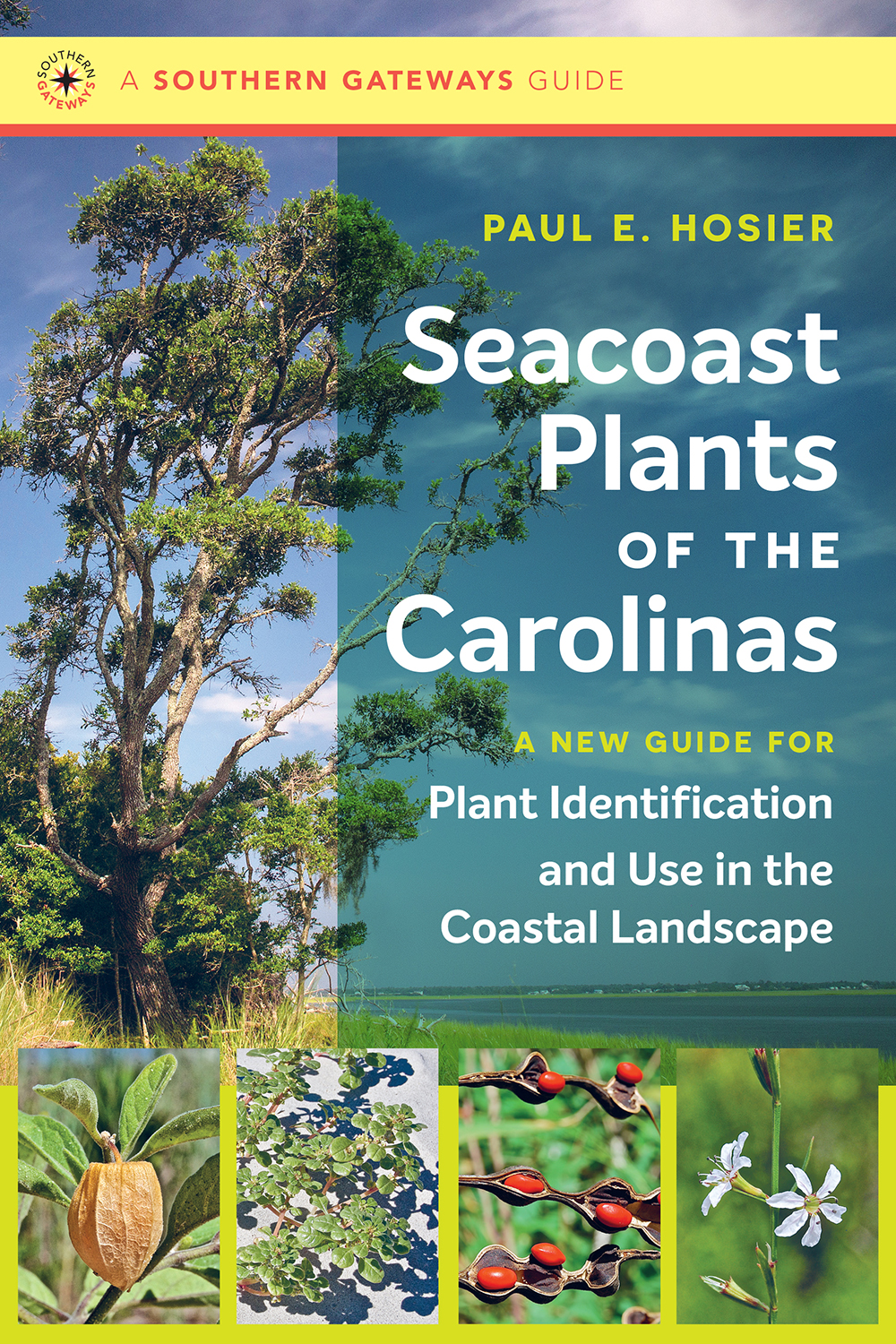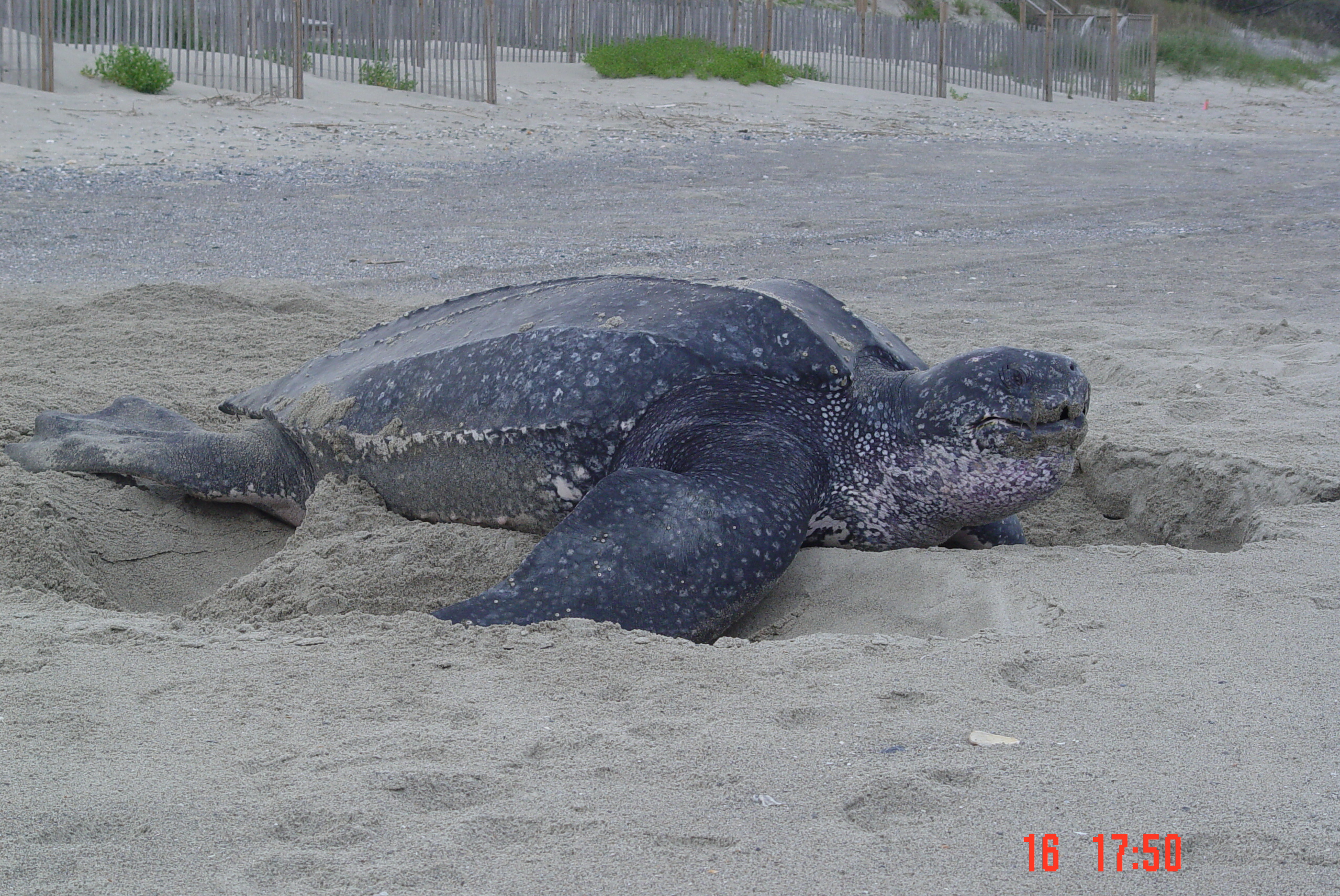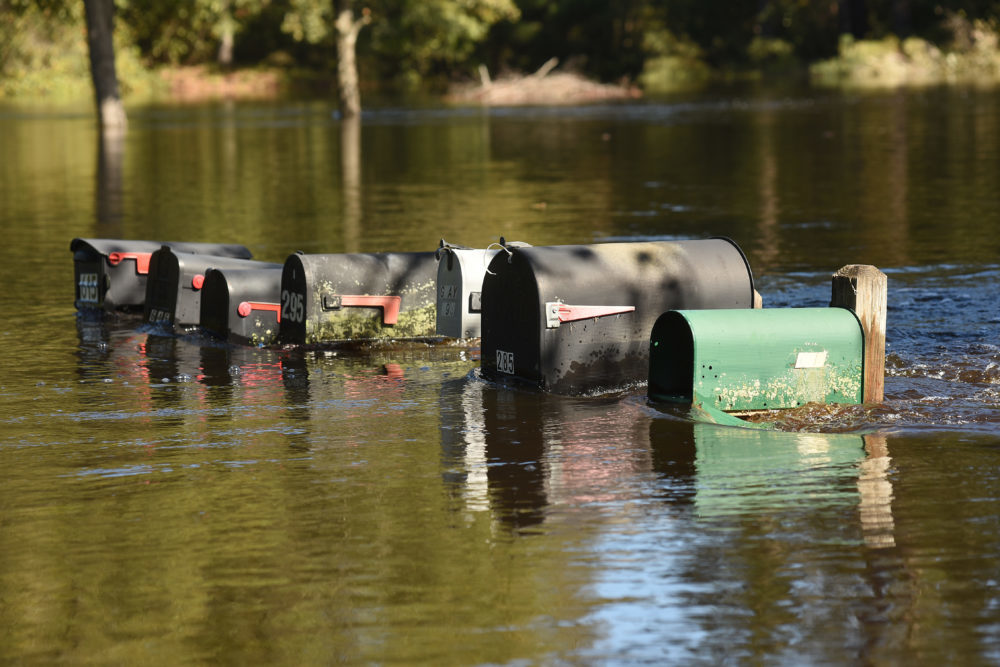Q&A with Paul E. Hosier: From the Adirondacks to the Carolinas

Coastal plant ecologist Paul E. Hosier is the author of Seacoast Plants of the Carolinas: A New Guide for Plant Identification and Use in the Coastal Landscape. This new edition of a classic resource is published by the University of North Carolina Press, in partnership with North Carolina Sea Grant.
Hosier writes about diverse coastal plant communities, explaining the ecology of these unique environments and sharing the benefits of native plants. The book showcases more than 200 plants in detail. Hosier took most of the 700+ beautiful photographs in the book. (For an excerpt and sample plant profile, click here.)
A professor emeritus at the University of North Carolina Wilmington, Hosier also served as provost there. He belongs to the state’s southeast coastal section of the Native Plant Society, as well as to the Friends of Plant Conservation, serving as a member of its board and as a board officer for several years.
“Paul’s background in applied research and his years of coastal field work made him the obvious choice to update Karl Graetz’ Seacoast Plants, a daunting challenge for what had become known as the bible for coastal plants in the Carolinas,” says Spencer Rogers, coastal construction and erosion specialist with Sea Grant. “I think Karl would be quite pleased with Paul’s update.”
Katie Mosher, Sea Grant communications director, is working with Hosier in the new Coastal Landscapes Initiative led by Sea Grant. “We are thankful for the variety of colleagues who join us in the mission of the book and related topics,” Mosher says.
Why did you decide to write this book?
The impetus came from leading field trips for university students and the public. I would rattle off the plant names, and the trip participants would be totally lost about which species I was talking about. To address the problem, I started to provide handouts with scientific names and common names.
They frequently asked, “Do you have a book or something I could use to find these plants later when I want to look them up?” But there was not a recent book specific enough to address just the coastal area, including the dunes, forests and marshes. Now, with this book, you can learn to identify most of the coastal plants once you see them in the field — and compare them with the photos and descriptions.
Also, for people interested in adding native coastal plants to their property, the book provides a starting point for what to plant where. There’s nothing worse than spending time and energy setting out a plant and it’s dead after the first season because it’s in the wrong place: the salt aerosol is too intense, soil too wet or too dry, or location too windy.

What do you hope this book will accomplish?
I’m hoping the next generation of students, be they high school or college, will be able to learn the names and understand the ecology of the coastal plants. I also hope that property owners and agency personnel who maintain plant populations will learn more about the ecology and increase their use of our native coastal plants.
When you visit a nursery and select plants for your yard, there are many plants to choose from. Most of the nursery plants offered are nonnatives that have been grown and planted for decades — even centuries. In North Carolina, the new Coastal Landscapes Initiative will encourage landowners and landscapers to install native plants — but commercial plant growers need to be assured that homeowners will seek out those native plants.
This book introduces homeowners to many potential native landscape plants: annuals, grasses, perennials, vines, shrubs and trees that are adapted to coastal conditions, as well as plants that they can ask for at their local nursery.
People spend a lot of money to water nonnative plants, to shelter them, to remove deleterious insects just to keep the plants alive. Much personal time and energy can be saved because native plants don’t need nearly as much care as nonnative plants. Natives are adapted to vagaries of sand movement, chronic winds, poor soils and atmospheric salts typical of the coast. So why not use coastal plants that once were growing on your property?
How did you come to study and love the coast?
Since I grew up in the shadow of New York’s Adirondack Mountains, I had no experience with coastal shorelines until my senior year in college. Like many wide-eyed students I was just awestruck by the coast, including rocky shores dominated by myriad sessile animals and interesting algae, grass-covered dunes, forests of gnarled trees, “windswept” shrubs and tidal salt marshes made up of just one or two species.
Wow! This was all new to me, and I couldn’t wait to learn more about all of these interesting organisms and their environments. When it came time to select a dissertation topic, I chose a coastal topic: the effects hurricanes have on coastal vegetation. Since my first encounter with the ocean shoreline, I have traveled everywhere I could to observe other coasts, and I compare them with the Carolinas’ coastlines.
What is your favorite part of the coast?
I’ve always loved the wrack line and dune environment. The native plants that live in these areas along the shore have such amazing ecological adaptations to this environment that allow them to survive where most other plants cannot.
Read an excerpt from Seacoast Plants of the Carolinas here, and listen to an interview with Paul E. Hosier on Rockingham County Radio here.
This article was published in the Summer 2018 issue of Coastwatch.
- Categories:


